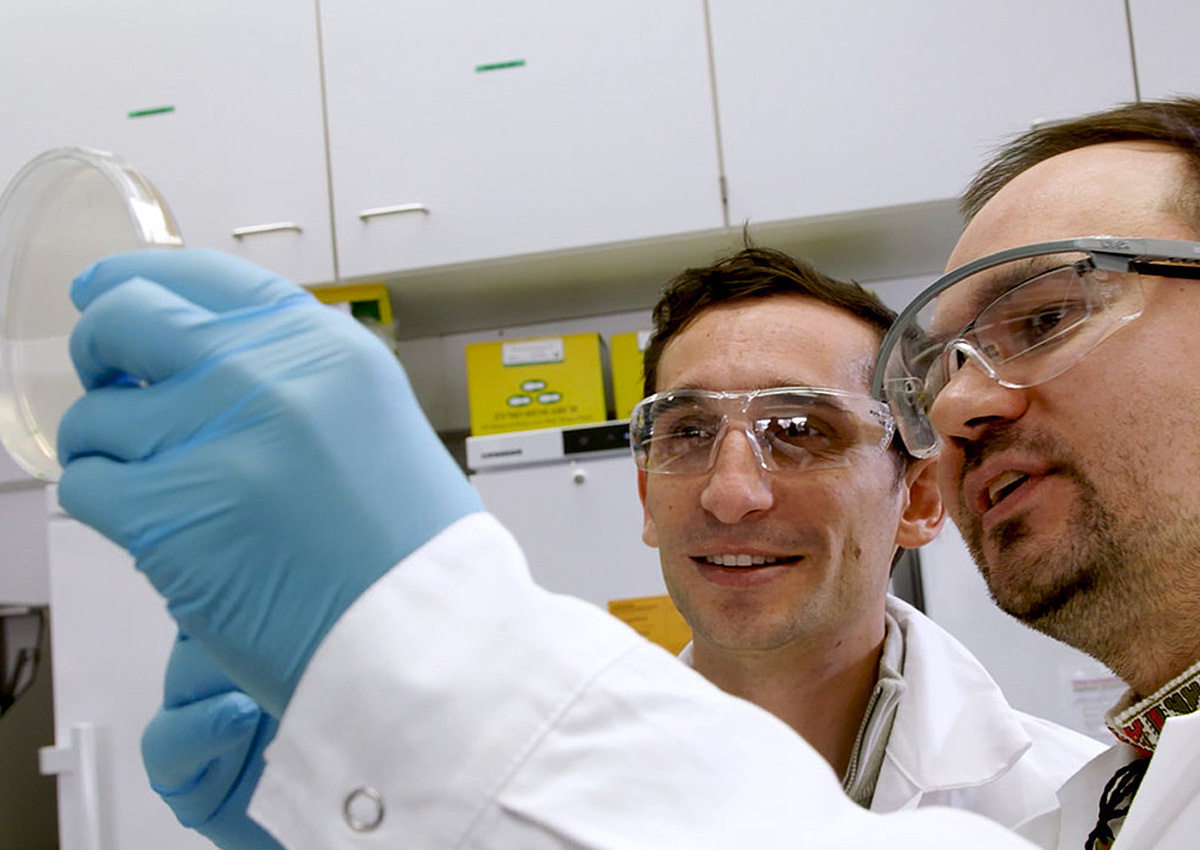
Researchers Discover a New Type of CRISPR Gene Scissors
January 18, 2023| |
CRISPR-Cas systems have diverse proteins and functions that help protect themselves against foreign invaders. This defense is based on a common mechanism, a CRISPR ribonucleic acid (crRNA), a "guide RNA" that helps detect regions of a foreign genome, such as the DNA of a virus, for targeted cleavage. The CRISPR-associated (Cas) nuclease directed by a crRNA can cut its target like a pair of scissors, a strategy of nature that humans have harnessed in many technologies.
"Considering how well different nucleases have been translated into new and improved technologies, any discovery in this field could bring new benefits to society," says Chase Beisel from the Würzburg Helmholtz Institute for RNA-based Infection Research (HIRI).
Oleg Dmytrenko, the first author of the study, said that they were exploring CRISPR nucleases that were originally clumped with Cas12a, nucleases that defend bacteria by recognizing and cleaving invasive DNA. When they identified more of them, the team realized that they were different from Cas12a. This led them to discover that these nucleases, which they called Cas12a2, do something very different not only from Cas12a but also from any other known CRISPR nucleases. The crucial difference lies in their defense action mechanisms. When Cas12a2 recognizes invasive RNA, the nuclease cleaves it but can also damage other RNA and DNA inside the cell. Dmytrenko added that a CRISPR-based defense mechanism that relies on a single nuclease to recognize the invader and degrade cellular DNA and RNA has not been observed before.
For more details, read the news article on the Julius-Maximilians-Universität Würzburg website.
| |
You might also like:
- New Technique TARDIS Makes Gene Editing at Scale Possible in Animals
- University of Texas Scientists Discover Potential New Gene Editing Tools
- Japanese Researchers Develop New Gene-Editing Tool to Create Non-GM Crops
Biotech Updates is a weekly newsletter of ISAAA, a not-for-profit organization. It is distributed for free to over 22,000 subscribers worldwide to inform them about the key developments in biosciences, especially in biotechnology. Your support will help us in our mission to feed the world with knowledge. You can help by donating as little as $10.
-
See more articles:
-
News from Around the World
- Nations Tackle Strategies in Transforming Agrifood Systems
- Rice Breeding Breakthrough Could Help Feed Billions
- China Develops High Dual Herbicide Tolerant Maize
- Yuan Longping Hi-Tech's GM Corn and Soybean Receive Biosafety Certificates
- China Approves 8 New GM Crops; Renews Approvals for 2 More
- B-SAFE Webinar Series: Biotechnology Applications and Impact on the Philippine Livestock Industry
- Research Finds GM Rice Key to Tackling Food Shortages Caused by Climate Change
-
Research Highlights
- Bt Rice in China Unlikely to Increase Unintended Ecological Risk
-
Read the latest: - Biotech Updates (December 17, 2025)
- Gene Editing Supplement (December 17, 2025)
- Gene Drive Supplement (February 22, 2023)
-
Subscribe to BU: - Share
- Tweet

